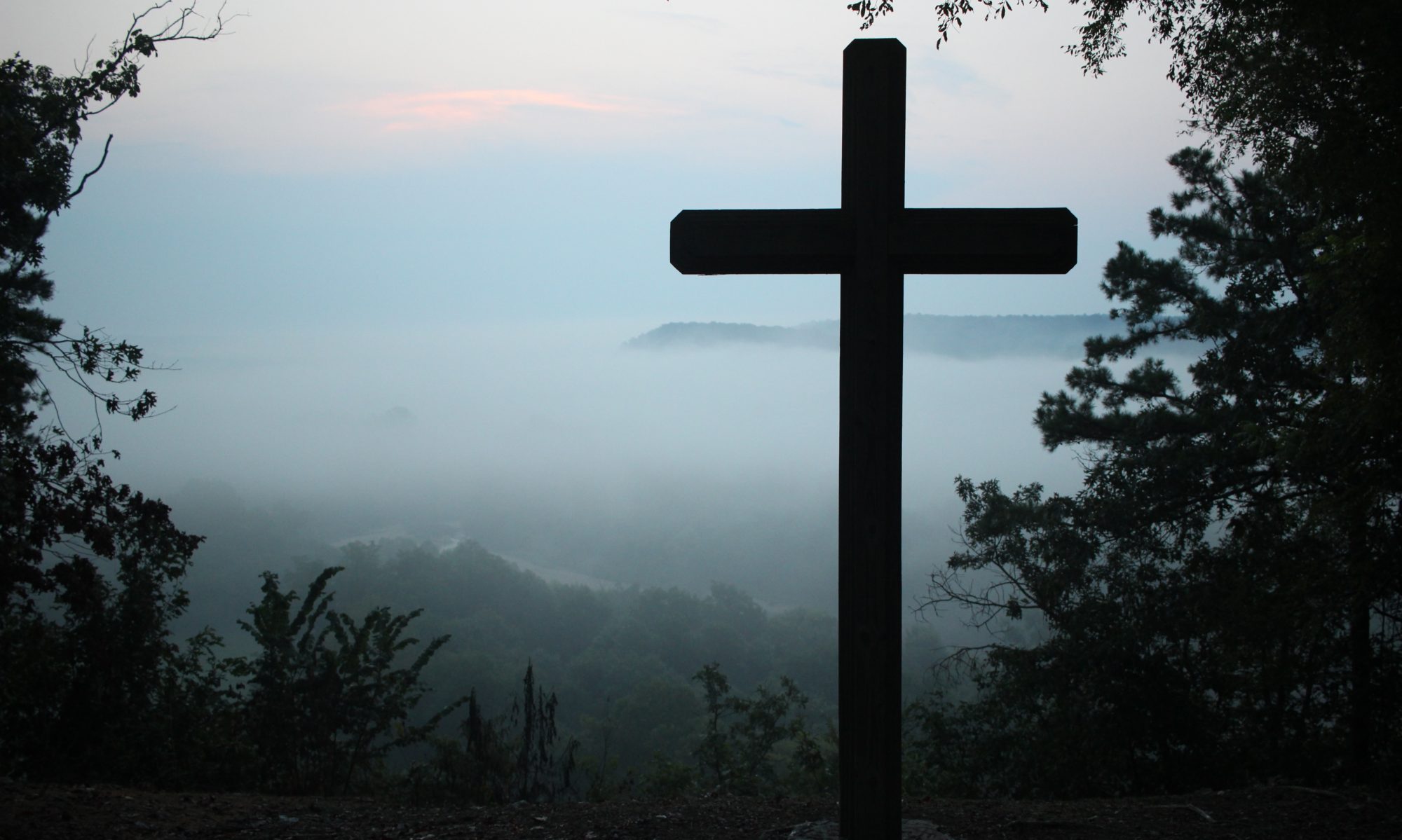
So she came running to Simon Peter and the other disciple, the one Jesus loved, and said, “They have taken the Lord out of the tomb, and we don’t know where they have put him!”
If you wanted to get somewhere fast in Jesus’ day, you had to run. Mary was in a hurry. She had to tell someone what she had seen and she needed to tell them now. She ran. We don’t know how far, but it is a safe assumption that it was a fair distance. She ran as fast as she could because she carried important news.
Perhaps the sun was coming up by now. John again is sketching his narrative quickly. Where did she find Peter and “the one Jesus loved?” (For the sake of our meditations we will assume “the one Jesus loved” is John, himself.) What were Peter and John doing? Were they sleeping? Were they awake and talking?
I suppose it doesn’t matter. Details like that do not add a lot to the story at this point. John gives us the key information when he quotes Mary saying, “They have taken the Lord out of the tomb…”
She is wrong, of course. Nobody took Jesus out of the tomb. Jesus walked out under his own power. But she doesn’t know that … yet. All she truly knows is that Jesus is gone. The tomb is empty. The idea that someone took Jesus and put his body somewhere else is the only rational explanation she can think of.
The message she conveys is a truth wrapped in her fears. That the tomb is empty, is true. She fears that the reason for the tomb being empty is someone has taken the body.
Application: I think there is an important point in this scene from the resurrection. It is common for us as people to “fill in the blanks” if we don’t understand something. For example, people generally accept our existence as a truth. Why do we exist? Some believe that thousands of nucleotides that make up our DNA were randomly formed in such a way as to create life. We don’t understand how creation worked so we make something up and call it “evolution.” Adding imagined answers to fill in the gaps in our knowledge does not help our understanding. Instead, it confuses the truth by obscuring it.
Food for Thought: Who do you think Mary imagines would have moved Jesus’ body and why?
Please click “Continue Reading” for comments.
Continue reading “Partial Truth – John 20: 2”








